We finished our five-week exploration of Michigan with a stay in southeast Michigan near Ann Arbor, where we rode out the always-busy Labor Day weekend. Southeast Michigan, which includes both Detroit and Ann Arbor, is the most populous area of the state and has both the amenities and the traffic to prove it.
University of Michigan Museum of Art
High on our list of activities in Ann Arbor was the UM Museum of Art, which is free to the public. Walking from the municipal parking garage to the museum gave us the chance to see a number of buildings on the UM campus, and to wonder why so many people who look like 12 year olds are attending college these days. The art museum is contained in a building with two distinct parts: a historic structure with classical lines, and an ultra-modern addition that creates a vivid contrast.
Unlike the Chazen Museum we visited at the University of Madison, the U Mich museum does not display a comprehensive collection that would perfectly accompany any art history survey course. Instead, its strength is in its thought-provoking special exhibits and limited collections organized around major themes, which included artworks from historical periods ranging from the Middle Ages through contemporary art. On the first floor the museum currently features an exhibit called “You Are Here” which is a celebration of the museum reopening after COVID shut-downs. All the works have textures, materials, or other qualities that should be seen in person to be appreciated — including some art furniture that’s meant to be sat upon.
The other exhibits examined equally interesting themes and ideas. A nearby exhibit focused on the legacy of slavery and colonialism reinterprets a number of 18th and 19th century European and American paintings with greater nuance, and juxtaposes them with modern pieces, but also raises the interesting question of whether, for example, the Roman Empire was a colonial power. In an exhibit of African art, ancient Egyptian pieces are presented side by side with more modern African works, explicitly rejecting the usual museum practice of grouping ancient Egypt with ancient European cultures. An exhibit called Watershed brings together contemporary pieces united around social, political, and environmental stories of the Great Lakes, such as the Flint water crisis. There were several interesting exhibits highlighting Japanese, Korean, and Chinese arts as well. While the museum displays few masterworks, the outstanding curation of the exhibits made this a very engaging way to spend a day.
Matthaei Botanical Garden
We also made time to visit U Mich’s Matthaei Botanical Garden, located near the University’s Campus Farm. Late in the season, sunflowers and all manner of wildflowers reached staggering heights, while spring bloomers had turned to seed. Surprisingly, we really enjoyed the conservatory with its three different climate zones: tropical, temperate, and desert. While many of the tropical and temperate plants were species familiar to us from our home landscaping, some interesting specimens like a blooming cacao (chocolate) and Venus fly traps were fun to examine. And the variety of succulents in the desert environment was impressive, though sadly lacking any ocotillo or palo verde. It’s always challenging to host larger species within the confines of a conservatory, which is why tropical greenhouse environments so seldom match the grandeur of the real thing.
The other standout at the Matthaei was the large bonsai collection of over 75 plants, many of them centuries old but some featuring bonsai versions of local Michigan trees like larches and pines. It was particularly interesting to see some plants displayed with their wire armatures in place to train the branches. I never realized how much sculpting goes into creating these artistic botanical displays.
Ford Rouge Factory Tour
One day we made the hour-long drive to Dearborn to visit Ford Motor Company’s Rouge Factory. When it was built in 1917, the Rouge complex was the largest integrated factory in the world, bringing in raw materials on one side and continuously spitting vehicles out the other end. It included its own steel plant and glass works, among other things, to make components needed for Ford vehicles. Iconic products manufactured in Dearborn range from the Model A to more contemporary vehicles like the Fairlane, Thunderbird, and Mustang. Today the Dearborn assembly plant manufacturers F150 pickup trucks just like ours, though our truck came from the Kansas City assembly plant.
The tour consists of 5 “stations” including two promotional films featuring lots of triumphant music and three stops that can be toured at your own pace. The Legacy Gallery is a mini-museum with a half-dozen examples of the vehicles manufactured at the Rouge, as well as examples of the unfinished chassis, motor, and drive train of the regular F150 along with the new all-electric F150 Lightning. The two most compelling stations are the rooftop observation deck and the factory itself. From the rooftop, visitors can see the giant living (“green”) roof that blankets the facility in sedum, but also see the other structures in the distance that make up this vast complex: the paint shops, steel fabrication buildings, administrative offices, and other elements.
By far the most interesting part of the tour was the assembly plant. In contrast to our visit to the Toyota factory in Georgetown Kentucky, where we had a guided tram tour down on the factory floor, here we were able to view all the activity from catwalks running around the perimeter of the factory. From our prior auto factory visit, we were prepared for the sensory overload of seeing vehicles and parts (cabs, doors, truck boxes) mounted on assembly lines in constant motion, traveling in opposite directions and in various states of fabrication. Our favorite thing about the factory “tour” is that it was self-paced, so we could stand in one spot as long as we wanted, observing specific steps in the assembly process. We were particularly interested in the fully robotic marriage of the assembled cabs and boxes, and in the many, many steps required to build our seemingly-simple tailgate. I think that our experience was made much richer because of our prior auto factory visit (which explained the overall process of auto manufacturing) and because we own the product (so we have an idea what function those various little gadgets and doohickeys serve). There was very little informational signage for the uninitiated.
The main difference we observed between Toyota and Ford is the relative absence of automation, or to put it differently, the sheer number of people that were on the factory floor. At Toyota, trays of parts are delivered to workstations by autonomous little electric mules. At this factory, humans with forklifts and push-carts were bringing in the parts and stocking the workstations. And there were plenty of functions that looked like they could be made more efficient and more user-friendly for the workers by adding supportive robots instead of extra humans. It’s certainly possible that Ford chooses to show a human-intensive part of the line to highlight the partnership with the UAW that’s touted in the intro film, and that other areas of the line are far more automated. But for a “state of the art” factory that was built just 20 years ago, the puny amount of robots was quite a surprise.
I also feel compelled to comment on the pricing structure of this tour. It was $22 per person for, essentially, a chance to peek into the factory after watching a few Ford advertisements. And despite Ford facilities in Dearborn having acres upon acres of parking, they also charged us $9 for parking on top of the tour fee. I note in a disapproving tone that the Toyota factory tour is complete free to guests because it is considered part of the marketing budget. And I also note that, at our formerly-local PGA event, the Honda Classic, the tournament waived the $10 parking fee for anyone driving a Honda vehicle. I always thought that was a little gimmicky, but it certainly highlights that the title sponsor appreciates their customers. So let me just reiterate that we drove to this tour in an F150 and yet paid a ridiculous parking charge. Ahem. On the other hand, the F150 is the best-selling vehicle in America, so Ford clearly doesn’t need me to give them advice on their marketing techniques.
Where We Stayed
We camped at the Brighton Recreation Area, located about 20 miles north of Ann Arbor. Like other Michigan state camping facilities, the sites at Bishop Lake Campground are bare dirt and grass rather than pavement or gravel. With little to define the sites, campers tend to spill out in every direction. But we had an end site, ensuring we would only have a neighbor on one side, and visiting late in the season meant that the campground was fairly empty on weeknights. On the weekends, especially the holiday weekend, it was the same circus we’ve encountered in every other Michigan state park. On various days we explored different walking and hiking trails around the park and watched lakes being enjoyed by people and birds alike.
Miscellaneous
One weekend we were treated to a lovely happy hour at the home of Ken’s cousin Heather (technically first cousin once removed) and her husband Andrew. We are grateful they were able to make time to host us in spite of having busy careers and two active young boys; it was great to catch up with family. The town of Brighton near the campground has a few blocks of retail and restaurants in a cute downtown area, surrounded by all the normal shopping opportunities of suburban America. We took advantage of being 5 miles from a Costco to stock up on several freezer and nonperishable items, and also took care of mundane things like haircuts and some minor repairs. It’s hard to believe that in a few short weeks we will be back home, where visits to places like Home Depot, Costco, and Great Clips require a drive of several hours. We also celebrated our anniversary with a bottle of the finest bubbly (I kid) and an excellently grilled steak (not kidding).
Next: With Labor Day in the rear view mirror, we now point the rig towards home with a few stops along the way. First, we sprint south across Ohio and set our sights on visiting America’s newest national park, the New River Gorge.
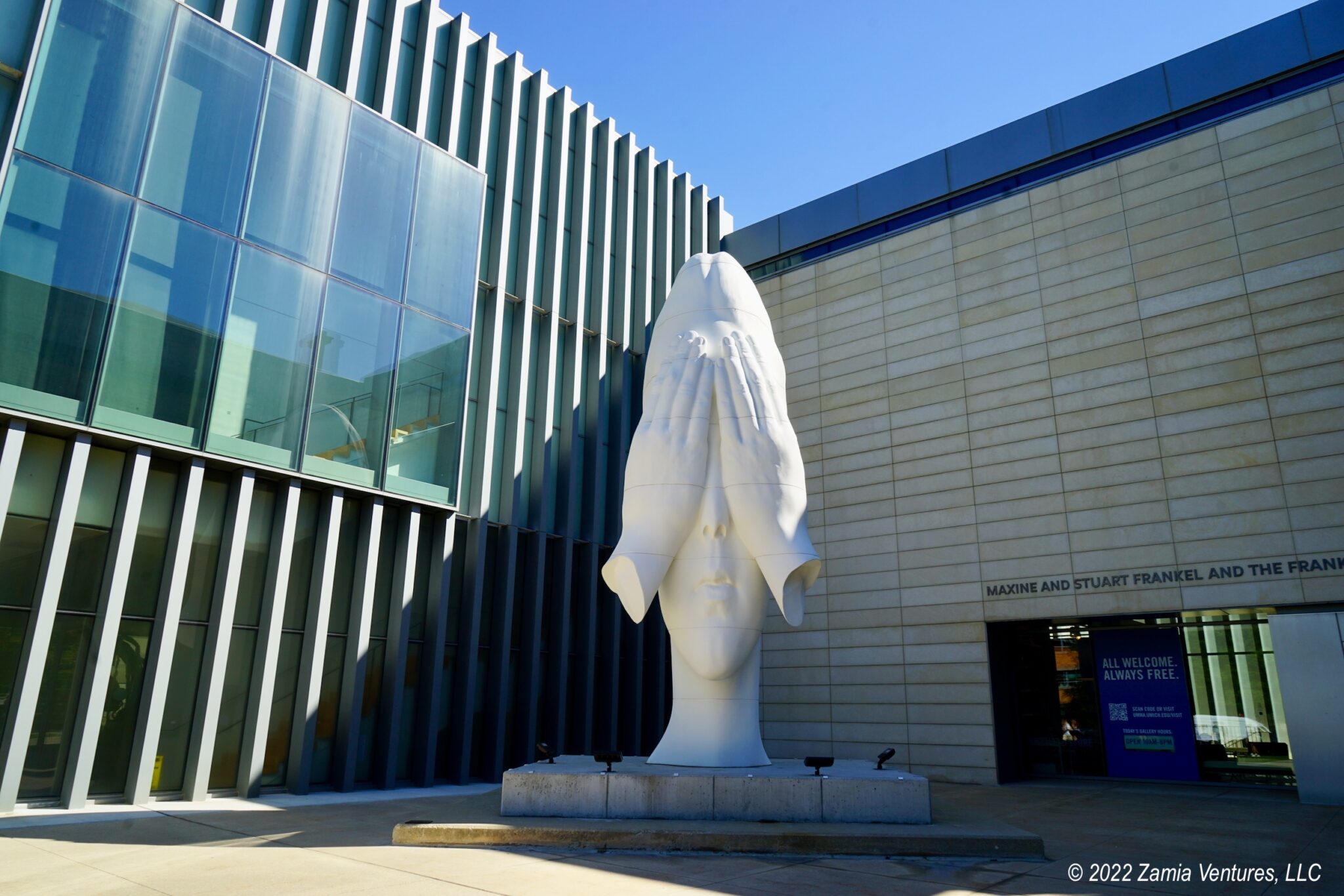
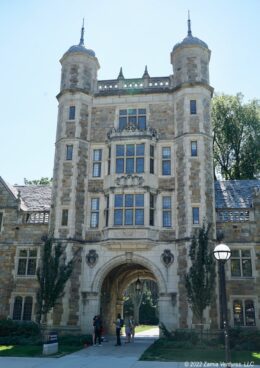
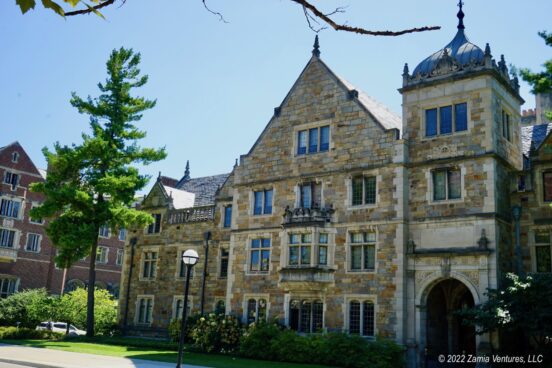
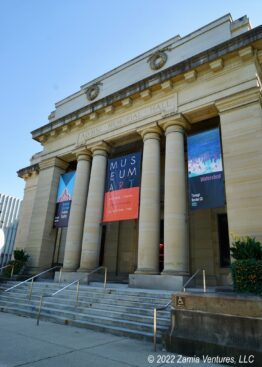
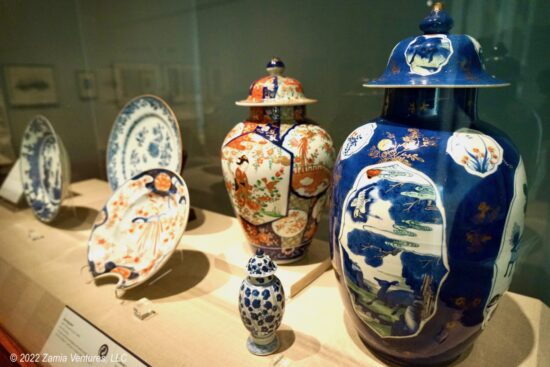
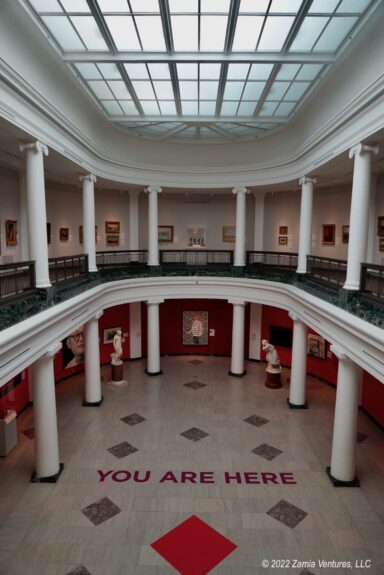
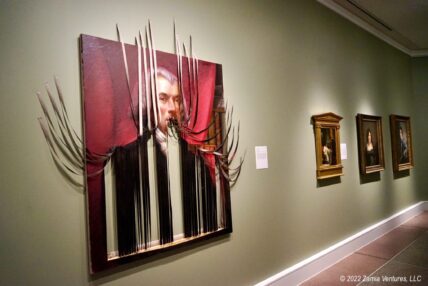
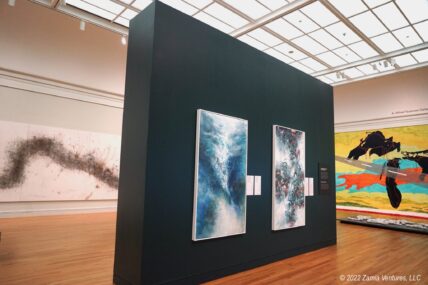
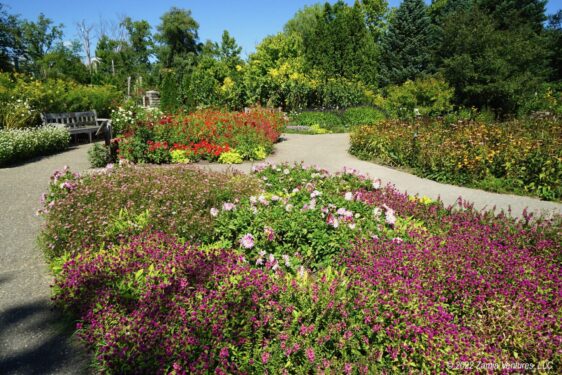
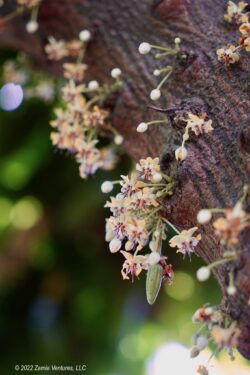
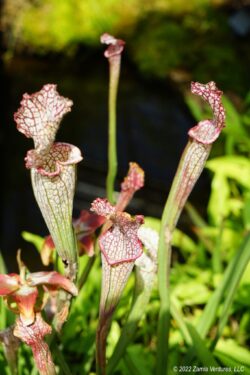
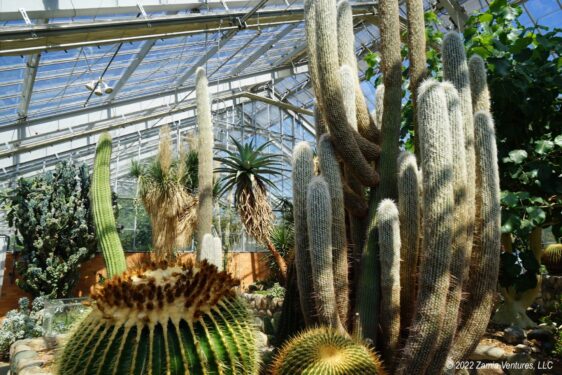
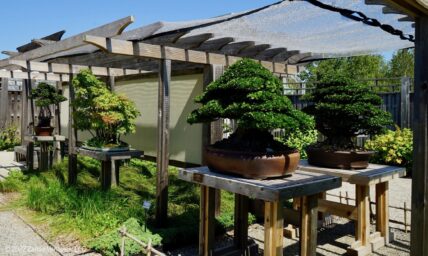
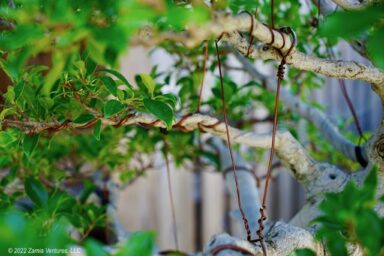
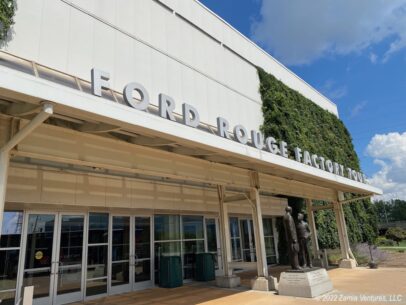
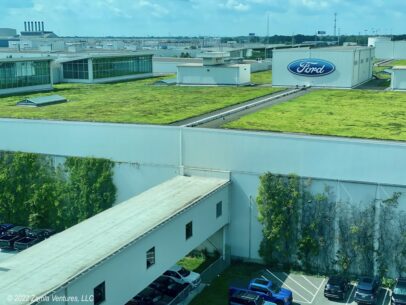
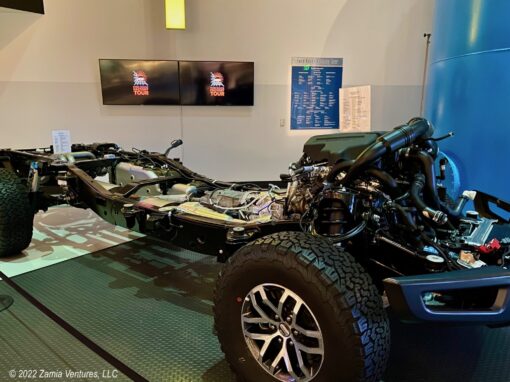
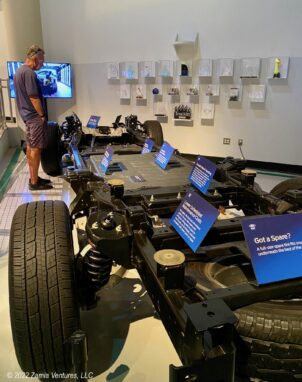
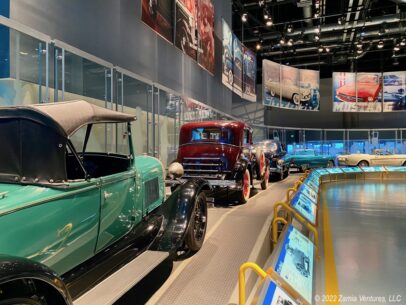
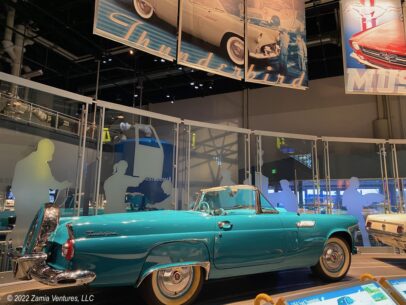
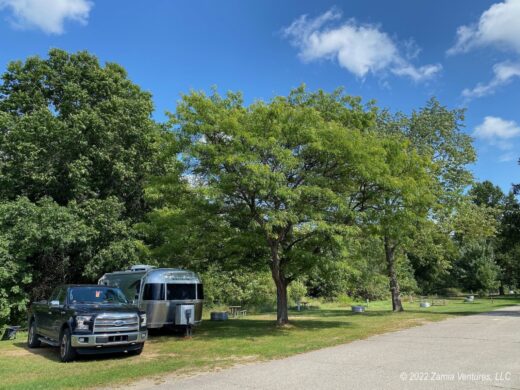
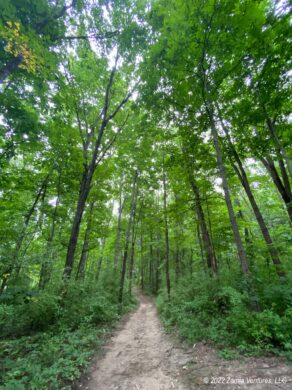
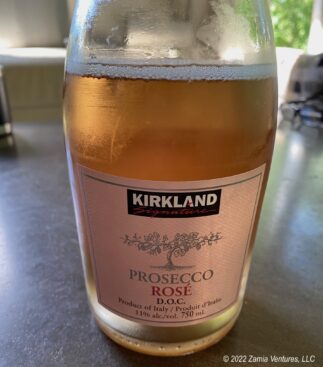
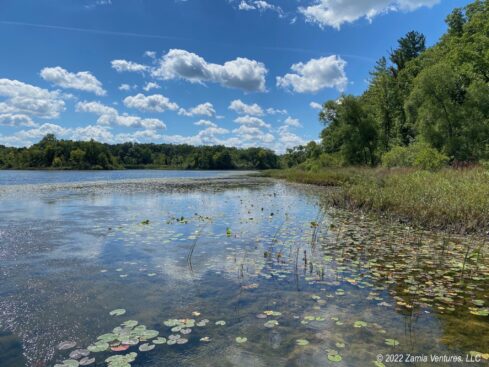

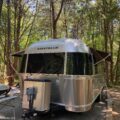
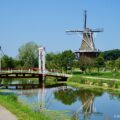

Wow, it’s hard to believe that your summer tour of Michigan has already come to an end. It seems like just yesterday that we were all roasting in the heatwave as we made our way north. You’re probably leaving at the perfect time, because we had morning temps in the low 40s the last couple of days and we still have a month left of exploring Michigan before we head south. 😳
As you know, we really liked Ann Arbor, including the university art museum and botanical garden. Reading what you wrote about the art museum makes me think back on our visit and appreciate it even more. Like I’ve said, you’re a perfect docent! I skipped the Ford factory tour, so I enjoyed your review which is MUCH more thorough than the info I got from Eric, as you can imagine. (There were no birds on the tour, or I would have gotten more info out of him.) And I agree, you should have at least gotten free parking since you drove your Ford F-150 to the factory!
Timing the seasons for travel is SO hard, but in general we’ve always preferred to be on the cold side rather than the warm side. And we didn’t love all the crowds we encountered in the height of season. All of which is to say that you may have timed your trip perfectly! I do envy you a little bit for the cold temperatures; I have yet to wear any pants heavier than my light hikers this summer. Guess I’ll have to wait until December at home for jeans weather!
There is always a lot to like about college towns, and free high quality museums is at the top of our list. The interesting architecture is another, in addition to the overall youthful vibe. The only problem with having the kids back in class when we visited? NO PARKING. As usual, there are pros and cons to every travel choice.
Thank you for supporting my idea that F-150 drivers should park for free at the Ford tours and museums. I will be sending you a petition to sign by DM. 🙂
Was there any mention in the museum of the talk of the West wanting to possibly tap into the water of the Great Lakes and the whole “who really owns water” debates? Those are interesting ethical and political topics that make me wish we were closer so we could discuss them in person.
I wonder if I can grow chocolate. This must be investigated! I know TBG has talked about someday trying bonsai, and we’re both interested in espalier gardening.
How rude that your great customer support of Ford was not rewarded with, at the very least, free parking!
Laurel is right in that it seems like only yesterday you were embarking on your big summer adventure, but I also know how good it feels to come home. Will there still be turtle time left?
The Watershed exhibit didn’t specifically cover the West wanting to tap into the Great Lakes, but there was plenty of artwork relating to the former indigenous uses of the lakes and more recent events like Love Canal, the burning Cuyahoga, and Flint that delved into ethical questions like our responsibility to the earth and our responsibility to each other. I think you would have really enjoyed some of the creative methods the artists used. For example, one photographer took photos around Flint and developed them in Flint’s crappy polluted water (now fixed!), resulting in images that are hauntingly strange, blotchy, and distorted.
In your shoes, I would try bonsai with local plants. I’ll send you a pic of the larches, which were just stunning! Espalier is also really striking. I know I don’t have the patience for any of these things (at least at this point) but if you give them a try please share your results.
We are ready to go home, even though the summer has flown by. Turtle season is mostly over, since it got an early start this year, but there’s no reason we can’t enjoy morning beach walks even without turtle tasks!
Isn’t the University of Michigan gorgeous? But I’m with you, it certainly seemed like we were there during “take your little sibling to school week” or something. They are getting younger and younger…
It’s funny you mention the lack of robots on the Rouge tour. We noticed that too. I expected there would be far more than there were, but I wonder if you’re right – maybe all the robots are hidden away from public view while the proud union workers are put on display for the tourists. Who knows? It sounds so cynical but corporate PR is a world unto itself.
Regardless, they definitely should have let you park for free. Or just not charge for parking at all. Because charging for parking just kinda makes people not want to drive at all and that seems antithetical to car manufacturing.
Time really has flown, but you’ve had a great Summer tour. I’ll be interested to hear your overall post trip briefing – lots of interesting stuff to think through and use as guideposts for future trips!
UM is lovely! There is something I find strangely comforting about the “university aesthetic” — a style that I definitely recognize even if it’s not in any textbook. Maybe that’s because I spent many years of my life living on campuses with similarly coherent architectural approaches (different styles, but with the same sense of overarching consistency). Anyway, we would have loved to explore even more of the campus but parking was a real challenge.
I’m glad to hear that you also noticed the lack of robots at the Rouge. One of the interesting things at Toyota was the pains they took to emphasize that the robots are “cooperative” and “supportive” and don’t replace worker jobs. In other words, the robots make workers’ jobs easier but don’t end up reducing the total number of workers at the plant. Perhaps Ford wasn’t sure how to communicate that message so skipped the robots on the tour itinerary. It’s admittedly a touchy subject.
I obviously agree fully with your thoughts on the parking charges. The Detroit area has more extensive (and lightly used) highways than most cities – why burden car-buyers by making parking a burden when you clearly have space for more cars?